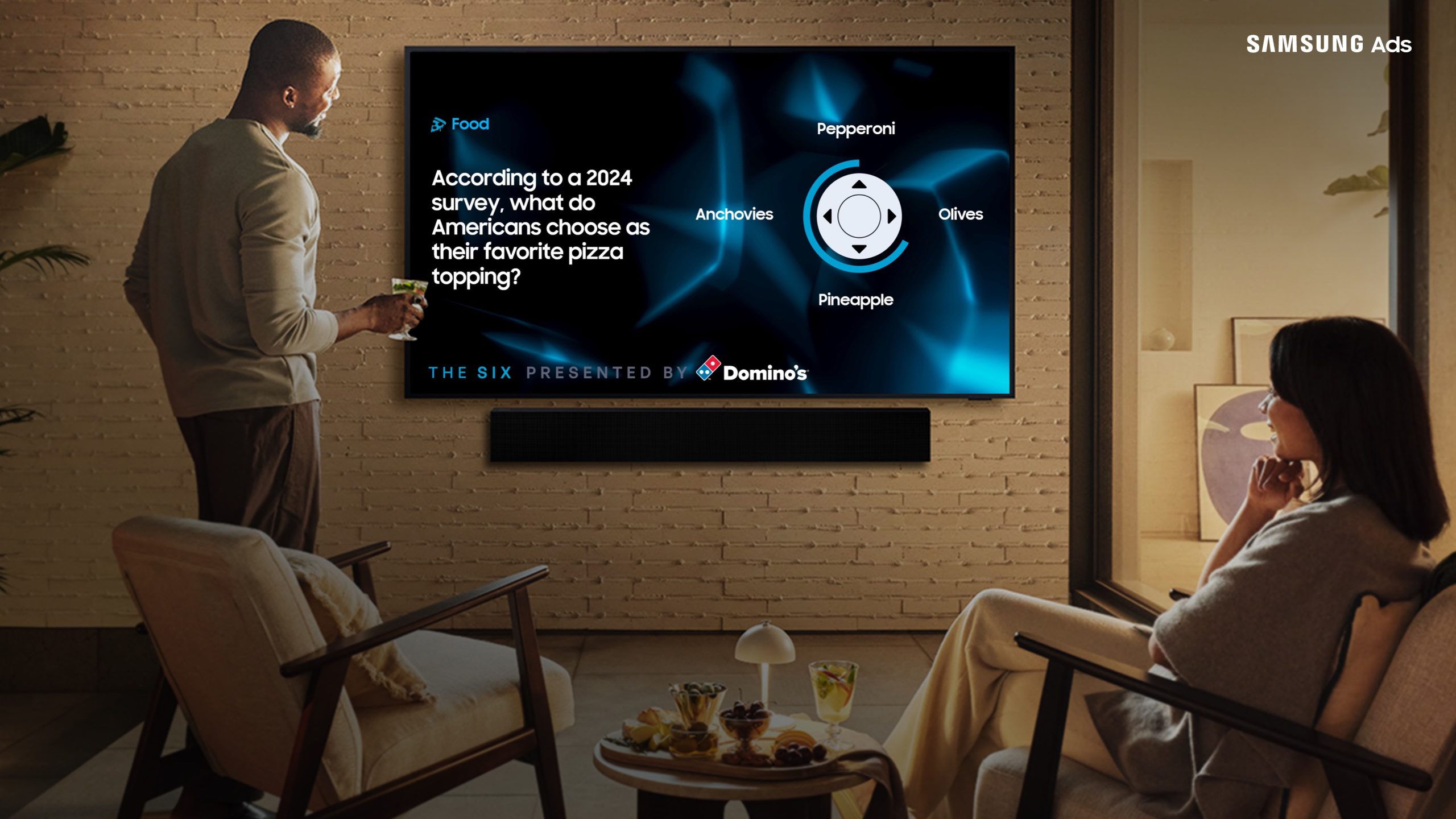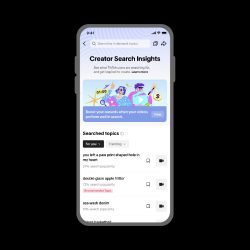Google’s decision to give up on reforming cookie tracking has been greeted mostly with derision by the ad industry.
It’s been five years since Google first articulated its plan to remove third-party cookies from its Chrome browser, 13 months since it delayed implementing the changes for the third time, and nine months since it watered down its ambitions, from all-out deprecation to an ATT-style prompt that allows users to opt out of tracking without having to navigate the privacy settings.
So, you can understand why people responded to last week’s announcement that Google had abandoned its plans altogether by marvelling at what a spectacular waste of time and energy it had all been.
Teads’ VP of data, James Colborn, however, is more concerned that the industry will treat the news as an invitation to ‘bury its head in the sand’.
Some organisations were content to do nothing even when Google was promising to eradicate third-party cookie tracking (or making it easier for people to opt out, which amounts to the same thing). Now that the threat of a cookie-less Chrome no longer looms, Colborn thinks that even more agencies, advertisers and platforms will lose the impetus to explore and exploit alternatives to tracking.
But that would be a mistake because Google is not the internet and Chrome is not the only browser in town. Apple’s Safari is already cookie-less, and so are — the admittedly much less popular — Firefox and Brave. (Microsoft has previously said it would test deprecating cookies on Edge, but since the browser basically runs on the same code as Chrome, it’s hard to say if the company is still on that path.)
‘We represent the impressions from most of the top publishers in most of the markets,’ says Colborn, ‘giving us 90% or above reach into the unique user population. [And] globally, around 57% of all impressions come from Google, meaning 43% of impressions are served on non-Google-based browsers.’
Factor in things like the popularity of iPhones (which come loaded with Safari) within developed markets, and the people who toggle their privacy settings to prevent tracking, and cookie-less environments can become the majority of available inventory.
‘If we look at the UK market over the last 14 days, across our ecosystem inventory that we have available, 40% of impressions have cookies and 60% do not,’ says Colborn.
Teads operates on a ‘cookie-less-by-default’ basis, says Colborn, and 80% of what it delivers today relies on cookie-less signals. But across the industry as a whole, cookie-free environments remain under used.
There are no stats from the UK, but in the US, Colborn says, ‘companies, like 33 Across, have demonstrated that in many industries you’re looking at 15% of all programmatic budgets being spent on cookie-less alternatives. And yet, at the same time in that very same market, especially if you’re delivering a lot of impressions on mobile, 80-90% of impressions are being bought programmatically in an inventory source which is only 30% of all available impressions, and so it creates a rather unhealthy dynamic.’
Colborn isn’t necessarily anti-cookie, though; he’s just pro-balance. And he thinks that the effect of Google’s nervous deprecation dance has been to put the focus on the mechanics of replacing cookies at the expense of the reasons why people wanted them replaced in the first place.
‘The reality is that advertisers just want to put a message in front of an audience that they believe is going to be receptive, and publishers just want to be able to produce really good journalistic content, says Colborn. ‘And when we look at the “why”, I think it’s important that we operate a healthy ecosystem, of which being able to embrace cookie-less environments is essential.’
The good/bad news is that Colborn sees no end to the discussions about cookies just because Google has walked away from its deprecation plans — if anything, it’s prolonged them. Here’s to another five years, then.
Main image by Wolfgang Hasselmann on Unsplash



























